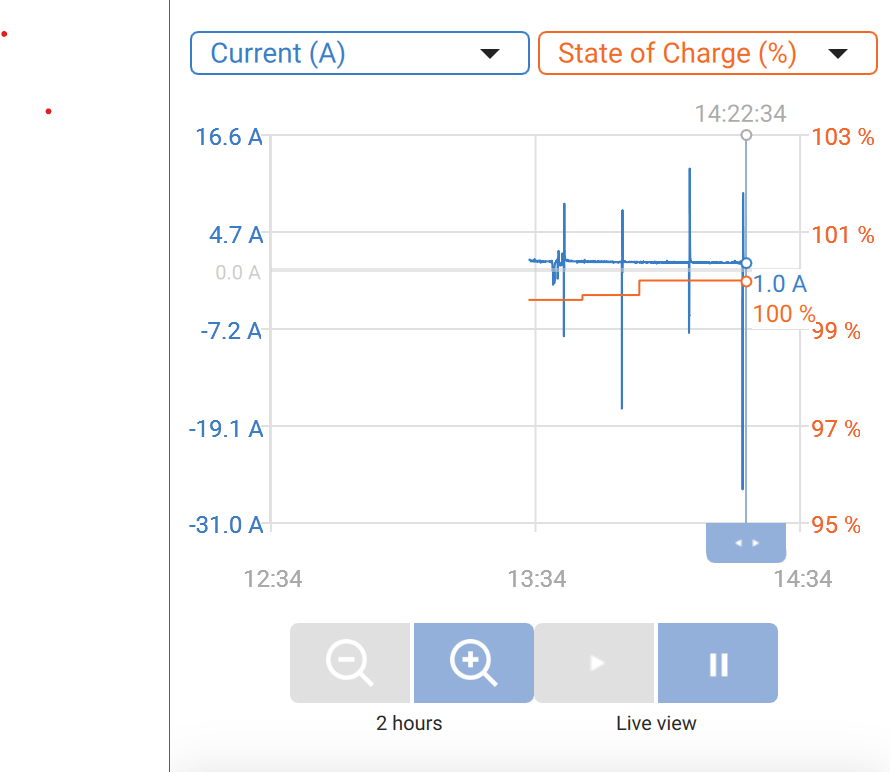We have 2 x 6V 224Ah batteries in series hooked to a WFCO converter and while the converter/charger's bulk voltage is 14.4V (which it only enters after deep discharge), the absorption voltage output on this charger is only 13.6V and float is 13.2V. Meanwhile, my parallel solar charger (Victron 75/15) is set to 14.4V absorption and 13.8V float. Does this mean that the battery will only be fully charged if I have solar charging present? And if so, I'm wondering how to properly configure a BMV-712 monitor in terms of "charged" voltage - if I use 13.2V then the monitor might think the battery is full when it's not, but if I use for example 14V, the monitor may never show a full battery if I'm just charging off the converter (ie. Cloudy day / no solar).
Thank you for your help!

